Consult a physiotherapist if new to yoga, have a history of spine fractures, or feeling uncertain about what to do.
Section 3: Adapting Yoga (Clinical)
Overall Considerations for Yoga
1. Find a Bone Fit Trained Professional
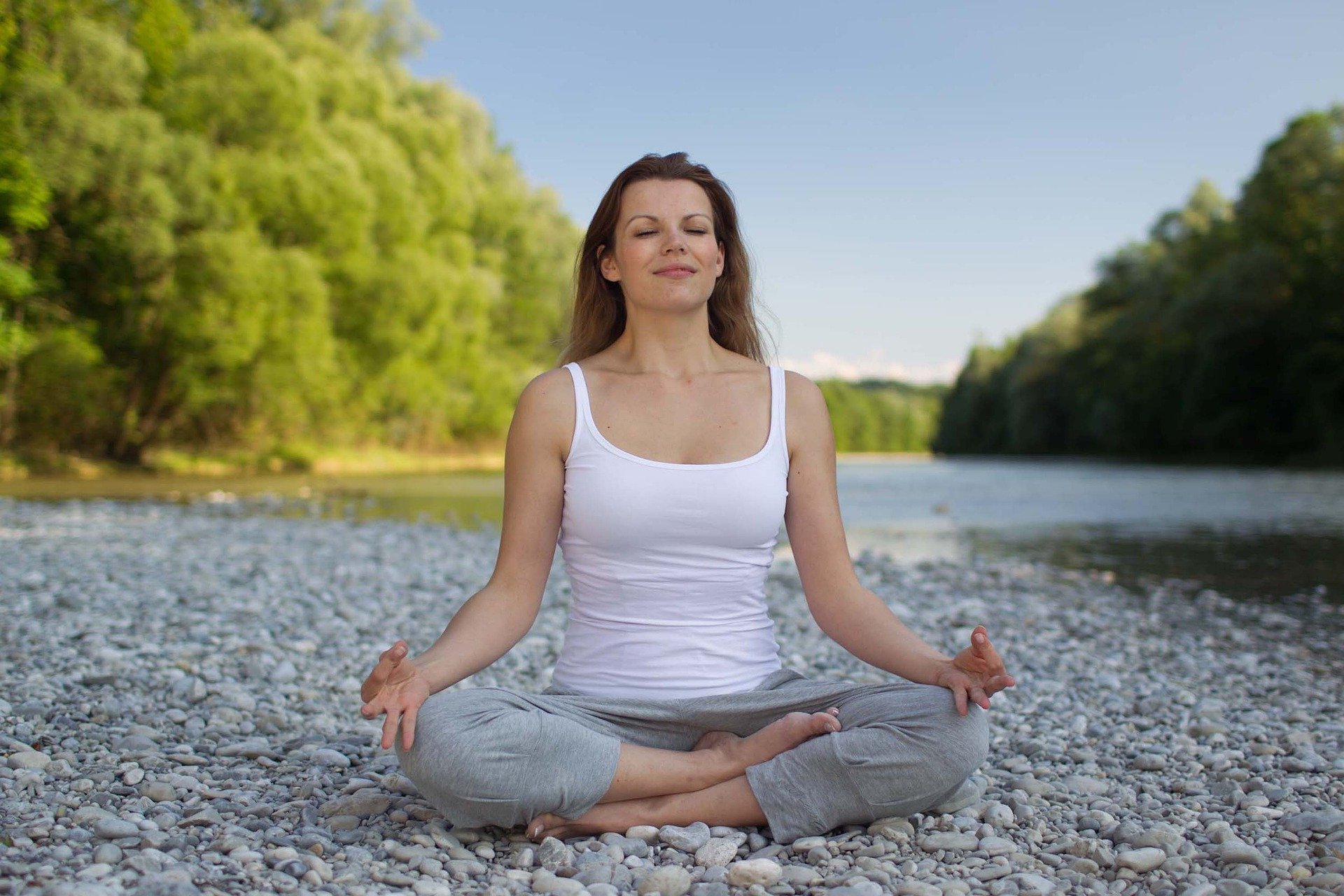
2. Yoga Class
Seek out a yoga class designed for people with osteoporosis and other health conditions (e.g., osteoarthritis), and ensure your instructor has proper training for working with this population.
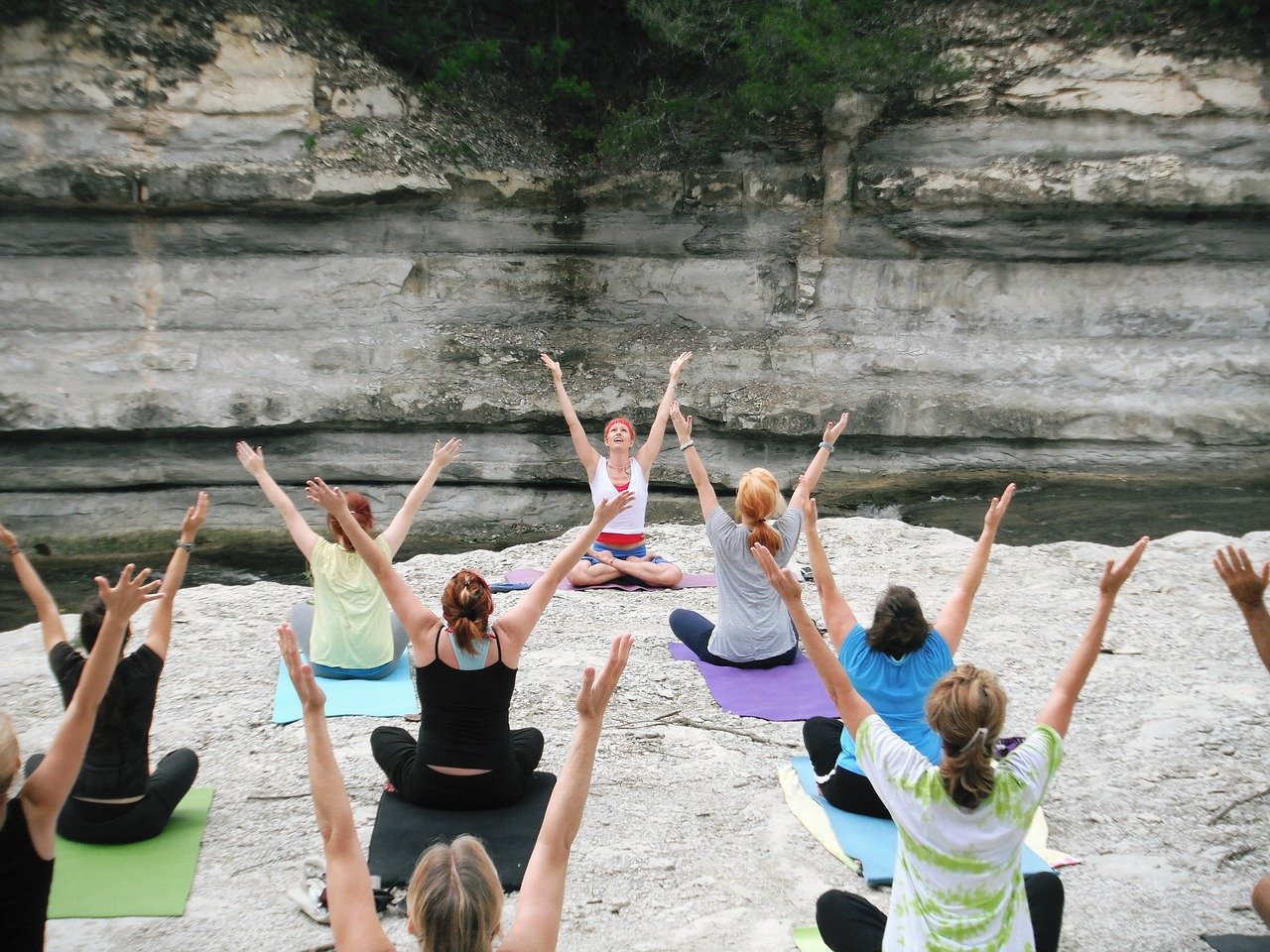
3. Yoga Instructor
3. Make sure yoga instructor knows you have osteoporosis
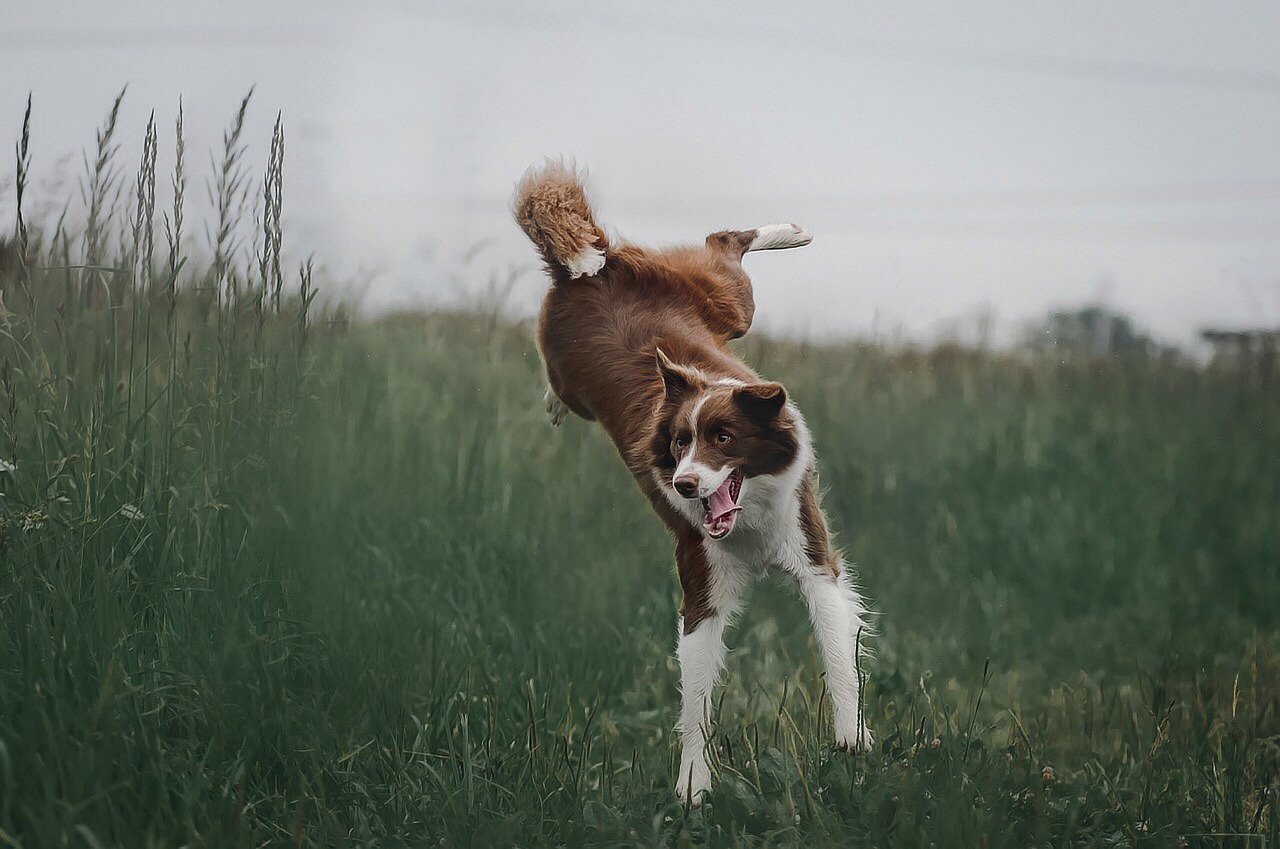
4. Controlled Movements
4. Focus on controlled movements, and less on intensity of the postures.
Remember:
Yoga is not about competition between you and the person on the mat beside you, so work at your own level and pace. Injuries can occur when you try to force yourself into extreme positions.
Some things you can think about
- Keep your balance steady: focus on one point with your eyes and maintain firm contact with a support object (wall, ground, steady chair) with your feet and/or hands
- Keep good alignment: try to keep your spine as tall, lengthened and as straight as possible throughout each posture and transitions between postures
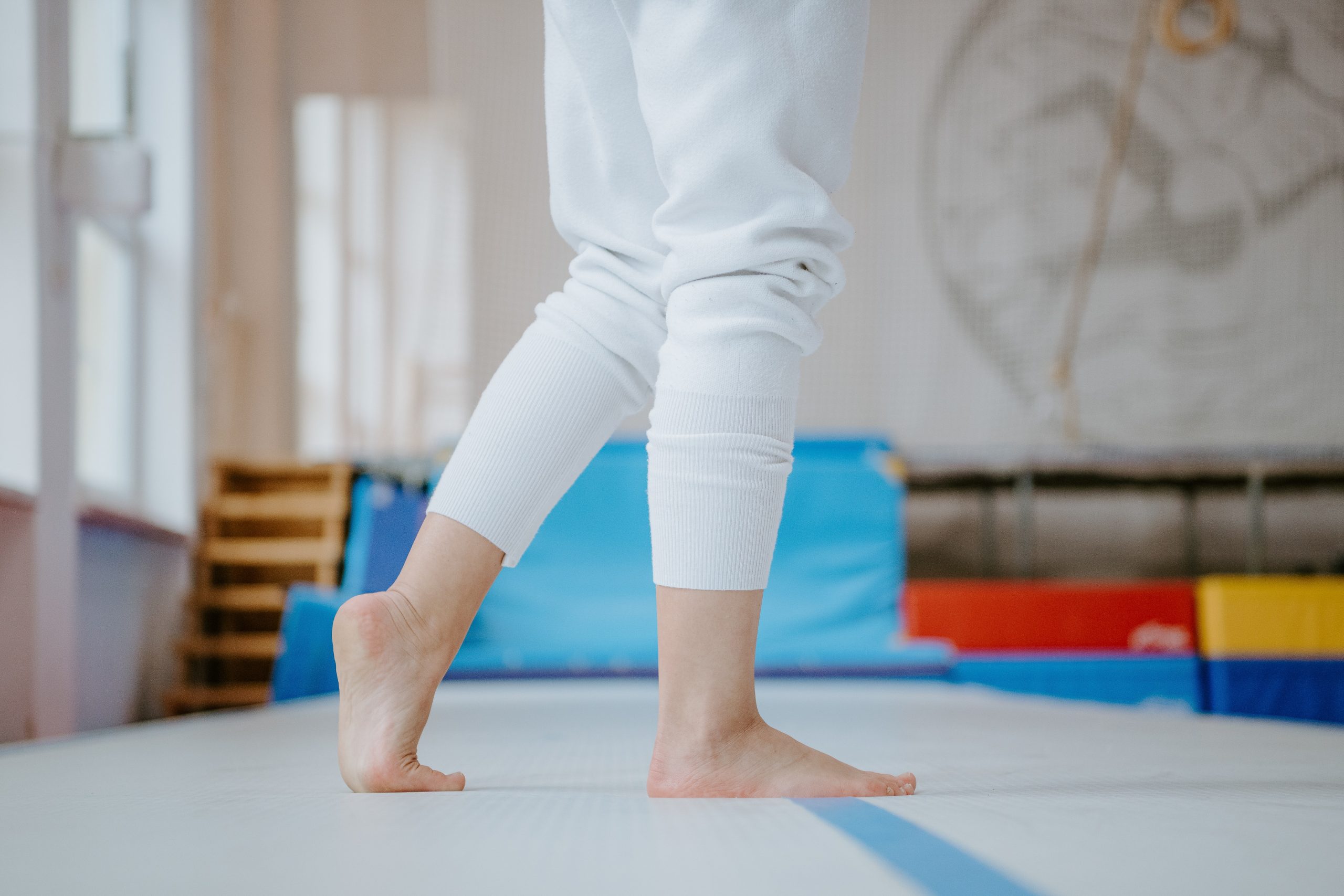
Modify any movements that
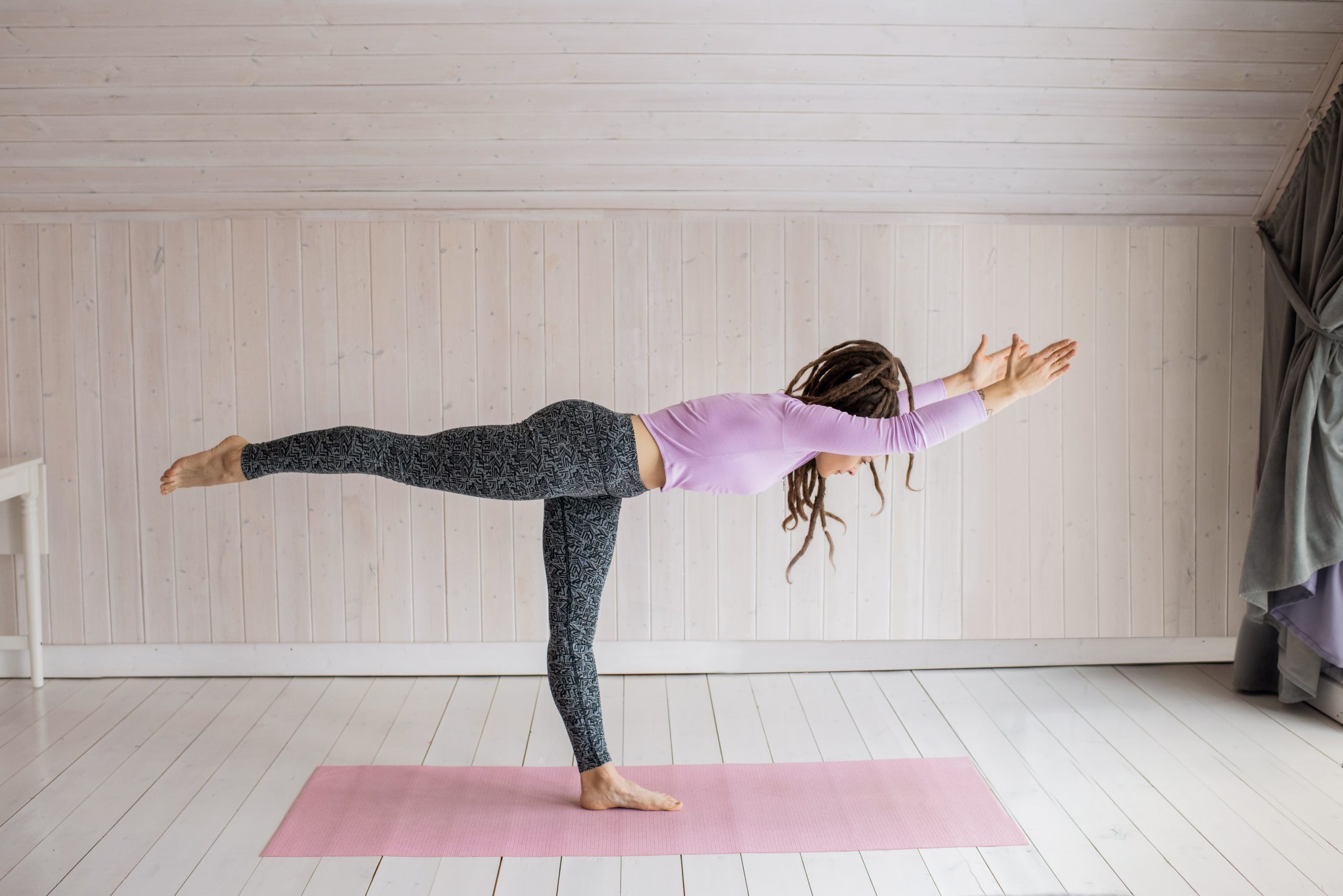
- Make you bend your spine forwards, backwards or twist as far as you can (example: rag doll)
- Are done in sitting (example: seated twists)
- Force your hip into full rotation (example: pigeon)
Modify any spine movements that
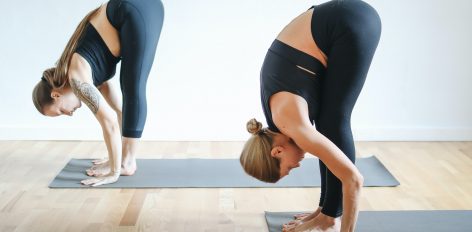
- are repetitive (doing a movement over and over – example: rolling like a ball)
- rapid (moving quickly – example: jumping your feet to your hands from downward facing dog)
- weighted (holding a weight or something heavy while you do the movement, example: Russian twist with a dumbbell)
- any of the above in combination (e.g., repetitively bending forward as far as you can)
Transitions are important too!
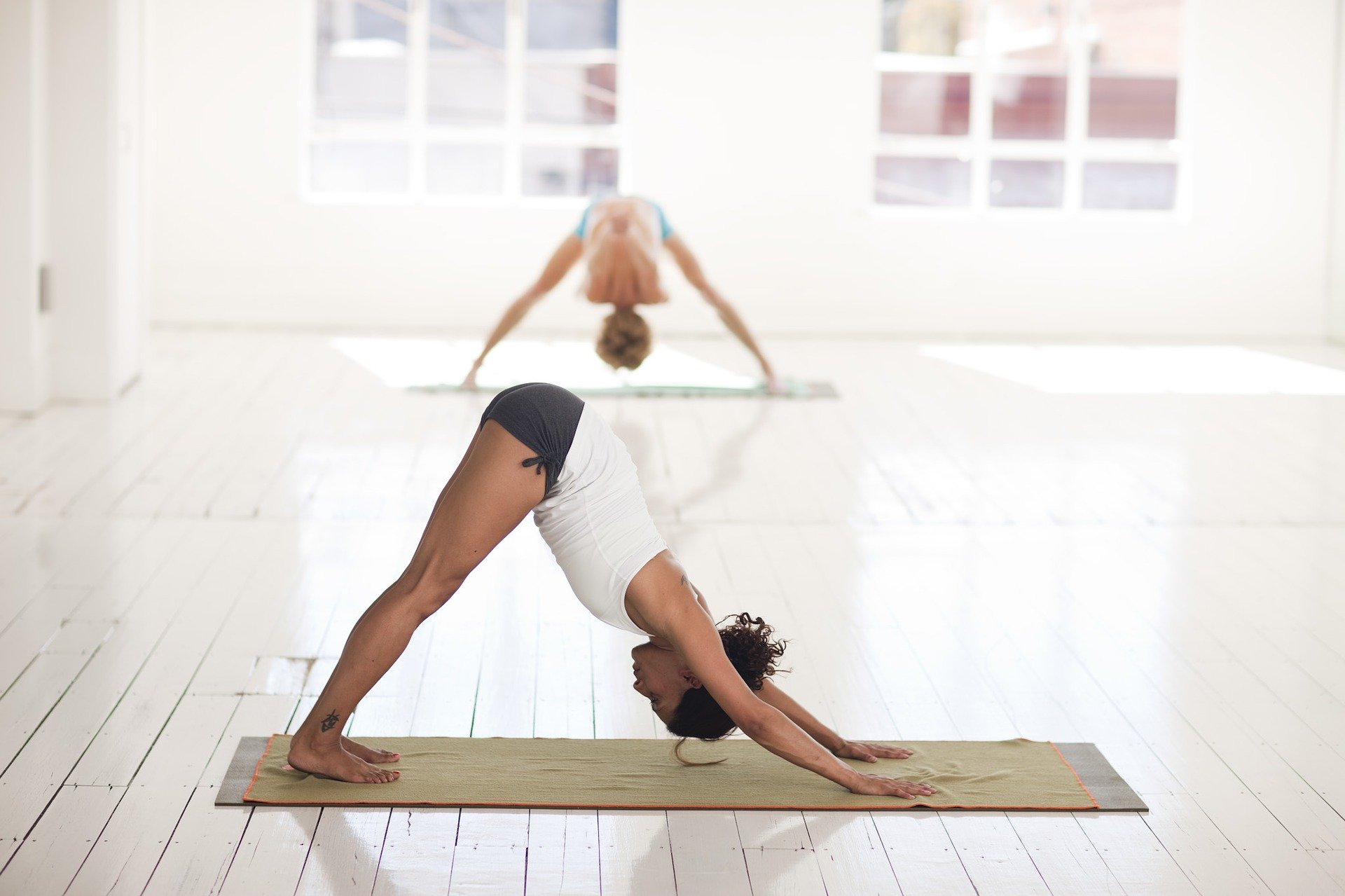
- Sometimes its not the end position that makes the yoga posture a problem – it’s how you get there!
Why do I need to modify these movements?

- they put a lot of pressure on your spine and hip bones in ways that increase your risk of breaking a bone
- since osteoporosis already makes your bones more susceptible to being broken, you should try to decrease any other factors that could cause them to break
Yoga postures you should continue to do with proper instruction and guidance:
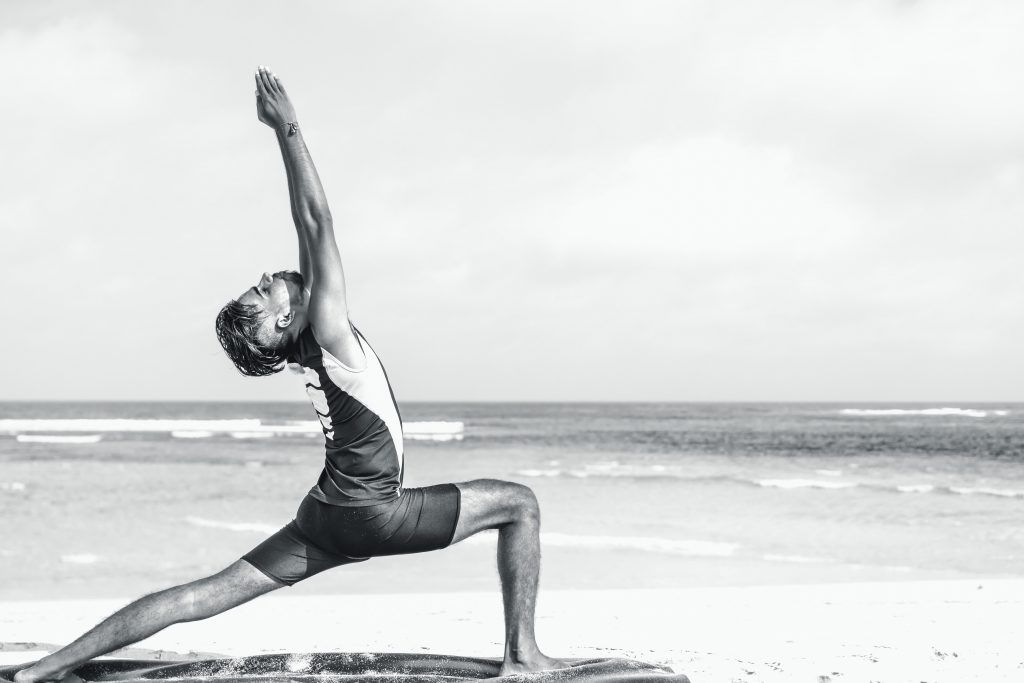
- Corpse
- Bridge
- Warrior
- Mountain
- Chair
- Crocodile
- Sphinx
- Locust